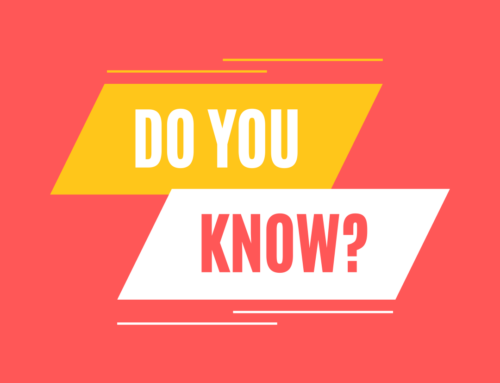People who attend Bridges and Getting Ahead workshops will often tell our trainers and facilitators that they had an aha! moment. (Thus, the name of the company.) Looking back over my years of presenting, it occurs to me that there are at least two kinds of aha! moments.
One of these I call a “National Geographic” moment. This is when we learn about people who live very differently than us. It’s amazing, intriguing, and it’s important information.
Middle and upper class people will often say, “Now I understand why people in poverty spend money on entertainment.” People in poverty might say, “So that’s why middle class people always ask, ‘What do you do?’” It’s about the “other.”
I don’t have a name for the second kind of aha! moment, but this is the one that is about one’s self: a new insight into our own makeup, mindset, or circumstances. This usually takes a willingness to examine our lives, past and present, in the light of new information.
Both of these aha! moments are important and valuable. The National Geographic moment gives us new information, information that can be used to design programs, set procedures, and make policies. We can use it to improve outcomes, and we can use it to improve our relationships with people from other classes too. “Now that I know how important relationships are to you, I can give you more time.” “Now that I know how important achievement is to you, I can give up some time.”
The National Geographic moment has a serious downside. Without the second type of aha! moment, the first might allow us to retain elements of superiority, power, and status that come from normalizing the environment or class in which we were raised. This results from leading an unexamined life.
The second type of aha! moment (maybe we should call it the “examined life” moment) is important because people in poverty don’t have much power or status. They are not the ones designing programs and setting policy. This is reason enough for middle and upper class people to “own” their societal or class experience. This can be done be examining their resources (as people in poverty do in Getting Ahead groups) to learn where their resources came from and how they arrived at the stable world in which they live. How nice not to be afraid for today.
There is another type of aha! moment that our trainers see. These are people who have a knot in their throats and tears in their eyes. They have experienced both aha! moments at once and are almost undone by it. Suddenly they have words for the class issues that they have been experiencing but never heard talked about. The images and feelings of events and relationships fill in the blanks in the speakers’ descriptions. They go home to do a mountain of work to sort out their stories.
Those who move from the National Geographic moment to the examined life moment will be working toward the same end as those who get blasted by them both … awareness. Once we are aware, we are really ready to work across class lines to deal with poverty.








